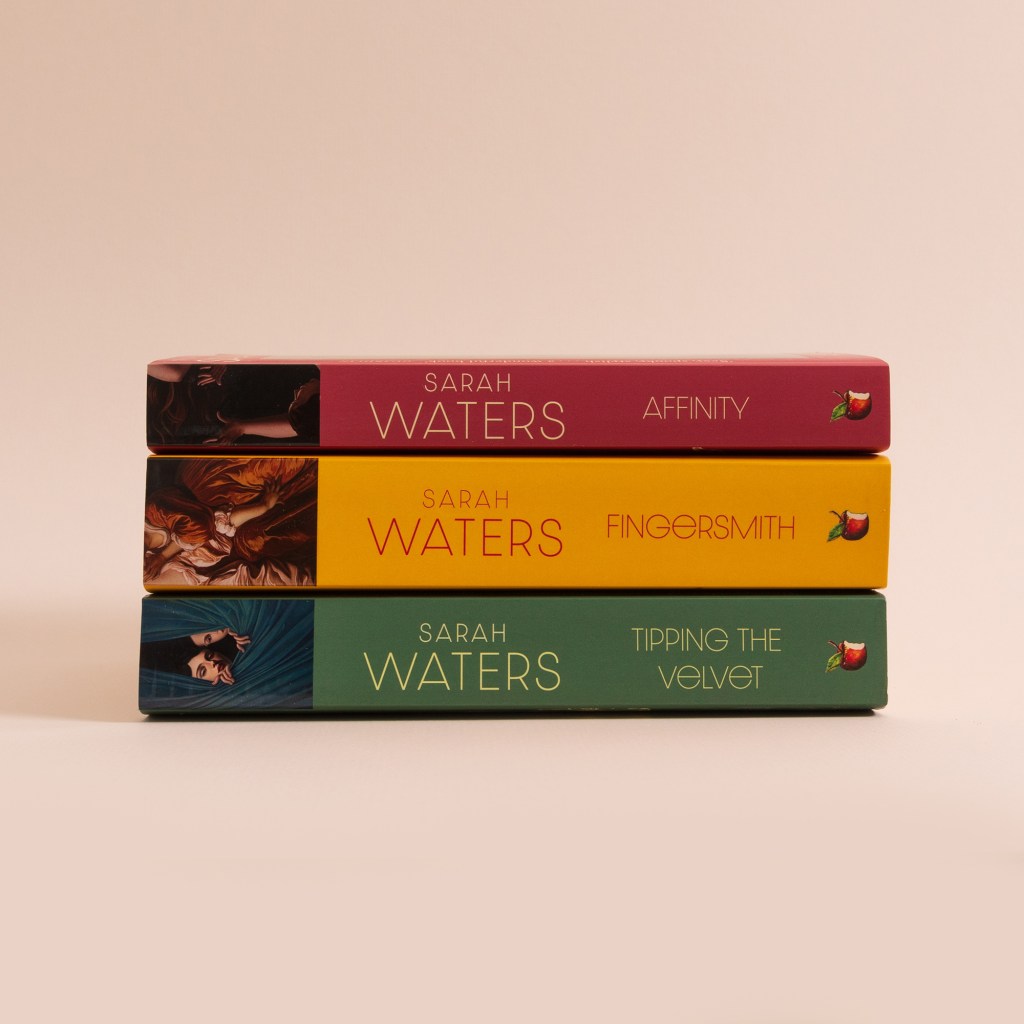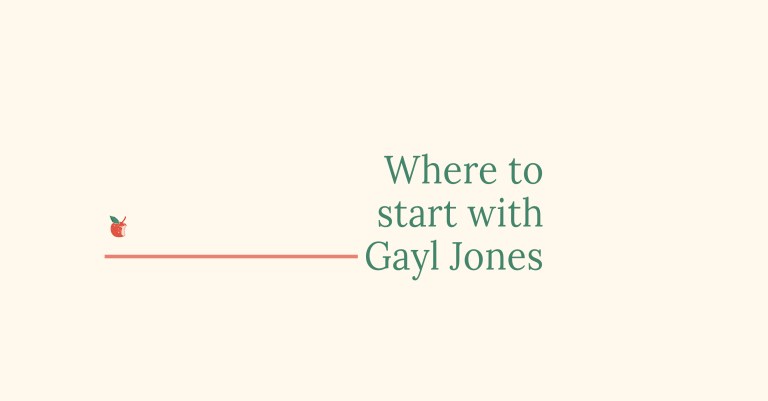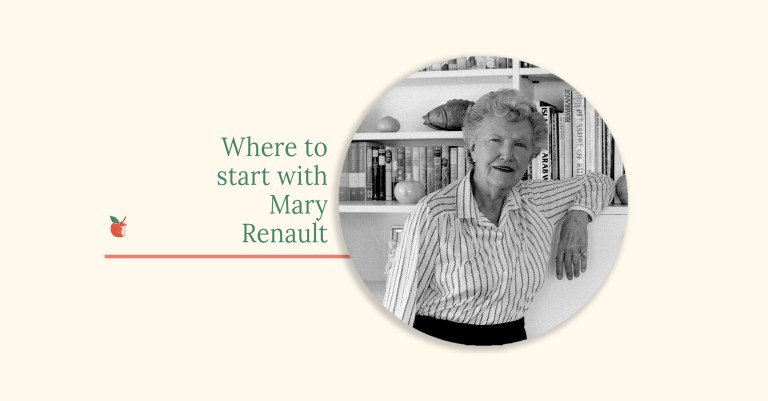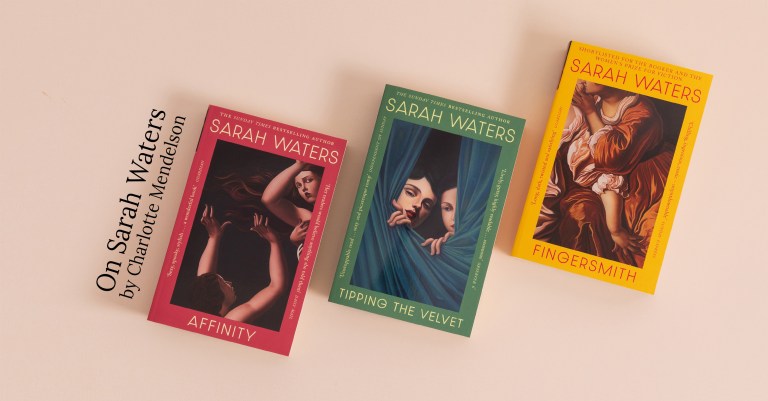Where to Start with Sarah Waters
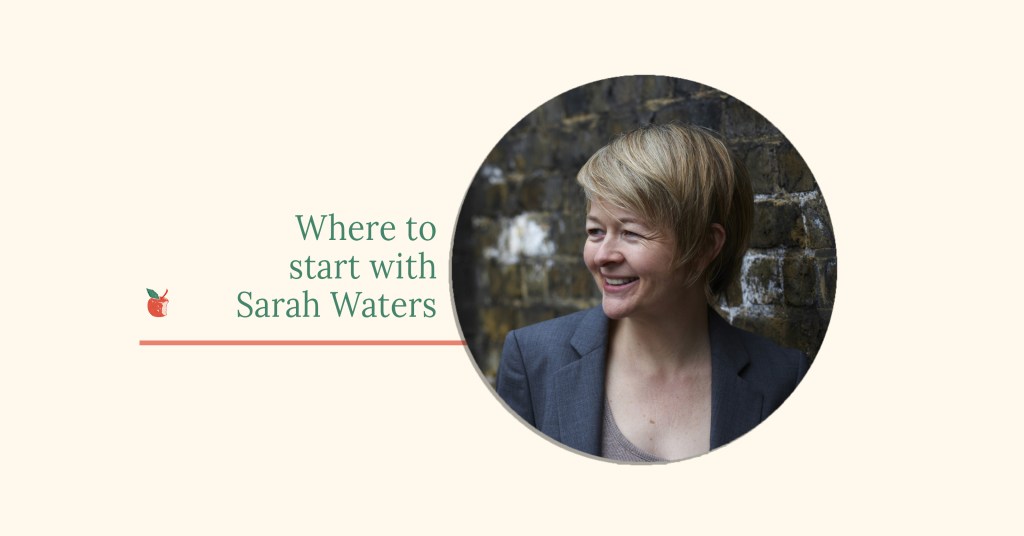
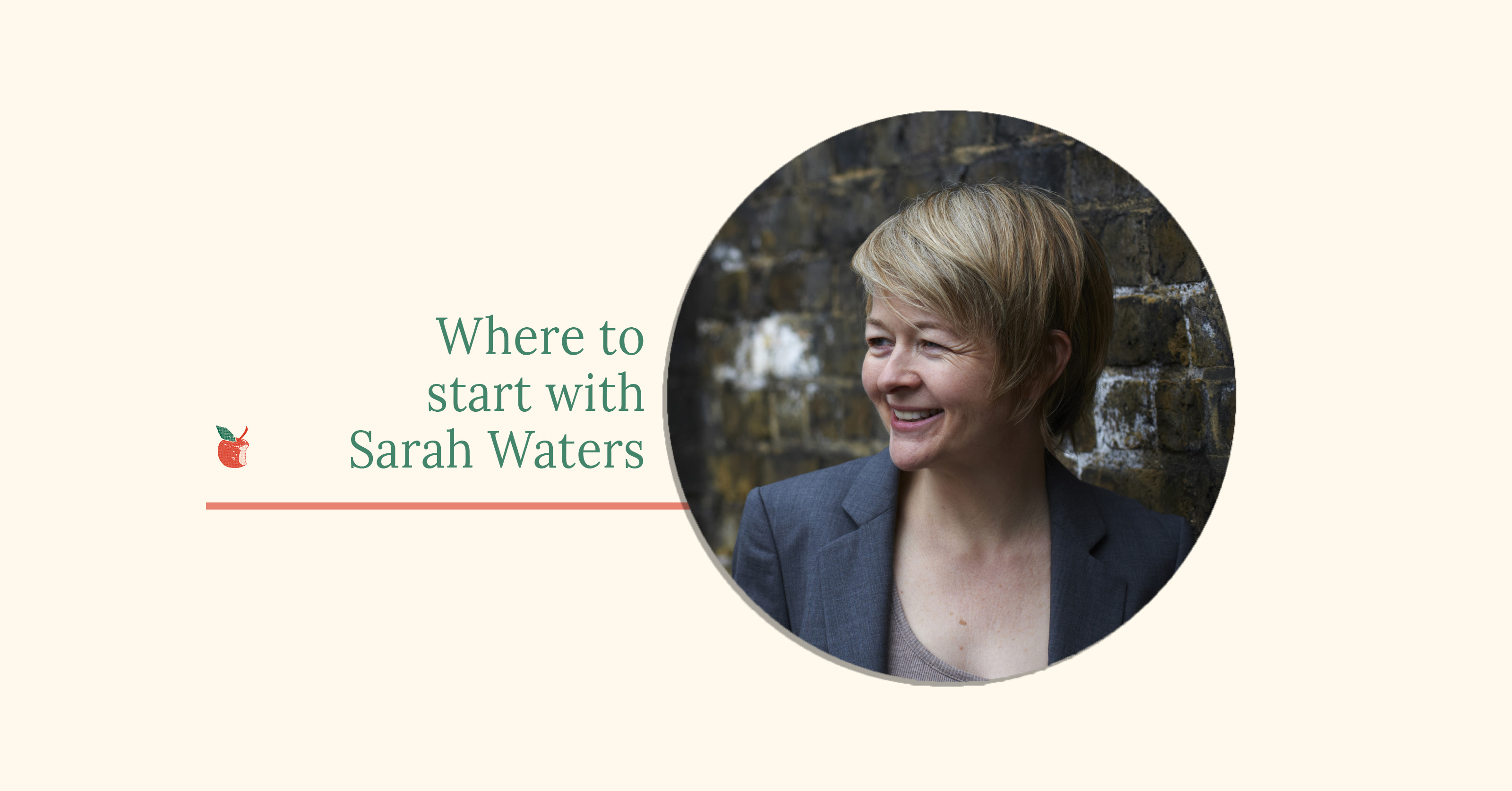 by Lennie Goodings, her editor of over twenty years
by Lennie Goodings, her editor of over twenty years
‘One of the best storytellers alive today’ Matt Thorne, Independent
Read on for your guide to Sarah Waters.
Why not start at the very beginning, with the extraordinarily imaginative and erotic Tipping the Velvet, the novel that set Sarah Waters off on her brilliant career in 1998. A young oyster girl finds herself falling for a music hall star in Whitstable and the marvellous wonder of it takes her on a wild and dangerous journey to London. What a tonic this novel is.
Then there’s Sarah’s second novel, Affinity, a deeply satisfying story about the murky world of spiritualism and repression – not to mention the dank and fearful place that was Millbank, London’s prison for women. With this novel Sarah Waters revealed that she is capable of making us believe anything she conjures for us. Read it to see what I mean!
Her third novel, Fingersmith, is a book of dark secrets and forbidden love that leaves its readers gasping with astonishment and pleasure at the sheer audacity of the plot. We start in a den of thieves – ‘fingersmith’ means pickpocket in Victorian slang – where babies are farmed, coats are patched together from pieces of stolen dog skin and the gallows can be glimpsed from the upstairs windows. A truly sensational read and one you will not forget.
These first three novels by Sarah Waters have been likened to the great Victorians, Charles Dickens and Wilkie Collins in particular and Sarah has said she loves the sheer joy of ‘story-telling, story-reading, and story-pinching.’ After you have thrilled to the secrets, delicious twists, turns and gothic settings served up in her Victorian trio, I lead you to her twentieth-century novels.
The Night Watch, certainly one of my favourites, takes us to a dark time of history, when Britain was at war and when London was under siege in the Blitz. In this novel – which could almost be called love among the ruins – Sarah paints some of her most memorable scenes, including a clandestine meeting between two women in the dark of a black out by St Paul’s Cathedral as the bombs hail down. Beautiful and scary, tragic and wonderful.
Her next novel she entitled The Little Stranger, an old-fashioned euphemism for ‘an unborn child’. That is not the only metaphor at work here in a story that begins after the Second World War in Warwickshire. Times are changing … The lonely old country mansion, Hundreds Hall, in which this novel is set, is besieged not only by neglect and decay but by the de-camping of servants, by the encroachment of nearby council housing being built for the working-classes – and by something more sinister and supernatural, too. Sarah Waters shows her talent for taking a genre – in this case, the ghost story – and utterly transforming it. As always with her novels, you feel and smell the rooms. You can hear the dripping tap, see the torn wallpaper and you fall utterly for the haunted, flawed characters – including a dead child … Brilliant and spooky.
Her final novel to date, The Paying Guests takes us back to her beloved London, to the 1920s. Again, we see her play with the tensions between classes as two respectable middle-class women, a mother and her daughter who have fallen on straitened times, must take in lodgers – or, as they would put it, straining to remain genteel, ‘paying guests’. The beautiful young woman who moves in upstairs is about to upset any sense of propriety, though … and soon this becomes a love story and then a thrilling courtroom drama. There seems to be no form that Sarah cannot turn her hand to and her characters – and London, too – leap from the page. To this day, I cannot walk across Blackfriars Bridge without seeing the lovers of this novel – Lilian and Frances – in my mind’s eye, tucked into one of the circular little benches that dot the bridge.
Sarah Waters’ novels are highly visual, with a painterly quality; she creates each scene with vivid, memorable detail. It’s no surprise that five of her novels have been filmed and the last one is under option and will be filmed soon. Sarah is also deftly brilliant at dialogue (the script is almost written for the filmmakers!), using it sparingly to create characters … and such characters. So many novelists resort to signposting their protagonists in quick and obvious ways using clothes, accents, class etc. But Sarah builds her people from scratch; she invents and invests them with such care, attention and love even that it’s no wonder people carry them in their hearts and minds long after they close the novel. After Tipping the Velvet was published, women used the names of her two lovers in the small ads (as they were then) as code: ‘I am Nan looking for my Florence’.
We know that first novel came out of her PhD on the history of lesbian and gay writing. The concern and passion to put queer lives and loves at the centre of her novels has remained, and her readers – of all sexual orientations – adore her for it. So much so that when she didn’t have a queer character in The Little Stranger, readers theorised that ‘the character of the house must be gay’. Maybe it is! She has said herself that Tipping the Velvet and Fingersmith were about her search for an identity as a lesbian writer and undoubtedly she has been a leading part of the literary and artistic world that has brought queerness from the margins to the centre. From the beginning of her career, she has nourished her readers, so many of whom still write to tell her how she has given them courage – and joy. She proves to me, over and over again, that books can change lives.
A beguiling author, a wonderful woman and a generous writer, Sarah Waters is an absolute joy to work with and not least because she holds readers close to her heart. I read again an interview she did many years ago and see that the interviewer was pushing for her writer’s credo. Laughing, she says, slightly cheekily and knowingly too, ‘What I’m after is a gripping read … with stuff going on behind it.’ How gripping! And what ‘stuff ’!
As one of her reviewers said … ‘If you haven’t yet read Sarah Waters, I actually envy you the pleasure to come.’

